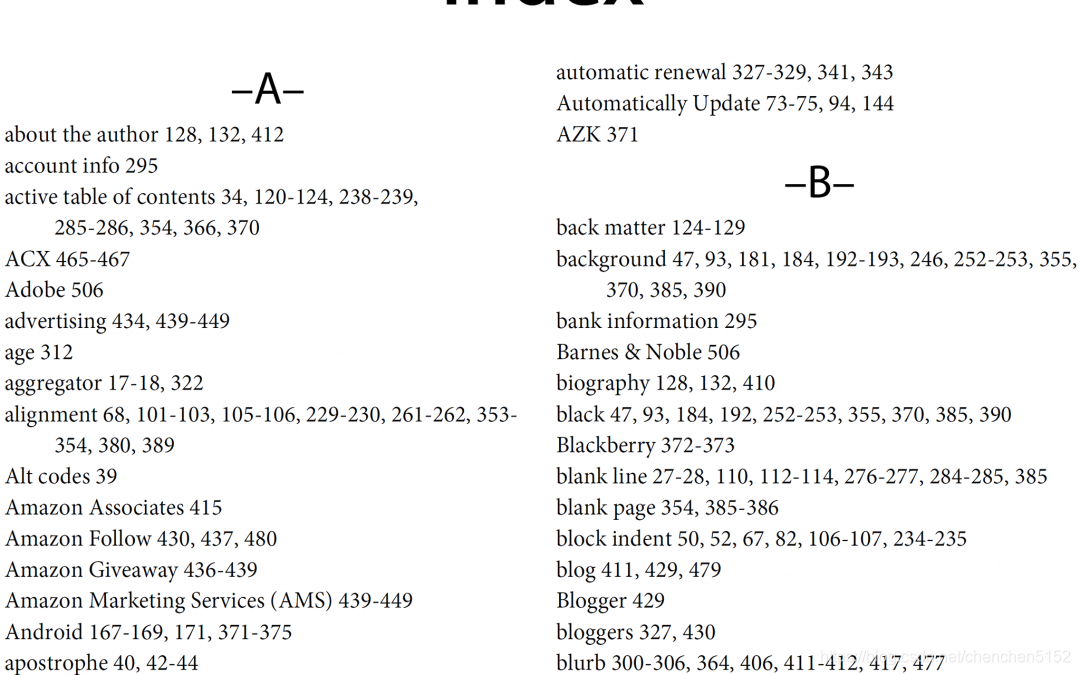全文搜索无处不在。在 Scribd(一个文档分享平台)上搜索一本书,在 Netflix 上搜索一部电影,在亚马逊上搜索卫生纸商品,或者通过谷歌搜索东西,你都在搜索大量的非结构化数据。更令人感到惊奇地是,即使你搜索的是数百万(或数十亿)条记录,也能够获得毫秒级的响应体验。在这篇文章中,我们将探索全文搜索引擎的基本组件,并用它们来构建一个可以搜索数百万个文档、根据相关性对文档进行排名的搜索引擎。我们将用不到 150 行的 Python 代码来开发这个搜索引擎
数据
这篇文章中所有的代码都可以在 Github 上找到(https://github.com/bartdegoede/python-searchengine/)。我将在文章中提供代码片段和链接,你可以尝试自己运行它们。你可以安装运行示例所需的组件(pip install -r requirements.txt),然后运行 python run.py(https://github.com/bartdegoede/python-searchengine/blob/master/run.py)。它会下载所有的数据,并运行带排名和不带排名的搜索示例。
在开始构建搜索引擎之前,我们需要一些非结构化的数据。我们将搜索英文维基百科中的文章摘要。维基百科被打包成一个约 785MB 的压缩 XML 文件包,其中包含了约 627 万篇摘要。我写了一个简单的函数(https://github.com/bartdegoede/python-searchengine/blob/master/download.py)用来下载 XML 压缩包,当然你也可以手动下载这个文件。
数据准备
这个文件是一个包含所有摘要的大型 XML 文件。每一个摘要内容都包含在标签中,看起来大致如下所示(我省略了我们不感兴趣的标签):
<doc>
<title>Wikipedia: London Beer Flood</title>
<url>https://en.wikipedia.org/wiki/London_Beer_Flood</url>
<abstract>The London Beer Flood was an accident at Meux & Co's Horse Shoe Brewery, London, on 17 October 1814. It took place when one of the wooden vats of fermenting porter burst.</abstract>
...
</doc>
我们感兴趣的是 title、url 和 abstract 这几个标签。为了方便访问数据,我们将用 Python 数据类(https://realpython.com/python-data-classes/)来表示文档。我们将添加一个属性来连接标题和摘要内容,代码可以在这里找到(https://github.com/bartdegoede/python-searchengine/blob/master/search/documents.py)。
from dataclasses import dataclass
@dataclass
class Abstract:
"""Wikipedia abstract"""
ID: int
title: str
abstract: str
url: str
@property
def fulltext(self):
return ' '.join([self.title, self.abstract])
然后,我们从 XML 中提取摘要数据,对其进行解析,并创建 Abstract 实例。我们将通过流的方式来读取 XML,不会将整个文件加载到内存中。我们将按照加载顺序为每个文档分配一个 ID(即第一个文档 ID=1,第二个文档 ID=2,以此类推)。相关代码可以在这里找到(https://github.com/bartdegoede/python-searchengine/blob/master/load.py)。
import gzip
from lxml import etree
from search.documents import Abstract
def load_documents():
# open a filehandle to the gzipped Wikipedia dump
with gzip.open('data/enwiki.latest-abstract.xml.gz', 'rb') as f:
doc_id = 1
# iterparse will yield the entire `doc` element once it finds the
# closing `</doc>` tag
for _, element in etree.iterparse(f, events=('end',), tag='doc'):
title = element.findtext('./title')
url = element.findtext('./url')
abstract = element.findtext('./abstract')
yield Abstract(ID=doc_id, title=title, url=url, abstract=abstract)
doc_id += 1
# the `element.clear()` call will explicitly free up the memory
# used to store the element
element.clear()
建立索引
我们将把这些数据保存成“倒排索引”。我们可以把它想象成一本书后面的索引,它有一个按字母顺序排列的单词和概念的清单,读者可以在相应的页码上找到它们。

我们需要创建一个字典,将语料库所有的单词与它们所在文档 ID 映射起来,看起来是这样的:
{
..< 使用Python快速构建搜索引擎
使用Python快速构建搜索引擎





 本文介绍了如何使用Python在不到150行代码内构建一个搜索引擎,涵盖了数据准备、建立倒排索引、搜索和相关度计算等关键步骤。示例使用了英文维基百科的摘要数据,通过简单的文本解析和过滤,实现对海量文档的快速搜索和相关性排名。
本文介绍了如何使用Python在不到150行代码内构建一个搜索引擎,涵盖了数据准备、建立倒排索引、搜索和相关度计算等关键步骤。示例使用了英文维基百科的摘要数据,通过简单的文本解析和过滤,实现对海量文档的快速搜索和相关性排名。
 最低0.47元/天 解锁文章
最低0.47元/天 解锁文章

















 7301
7301

 被折叠的 条评论
为什么被折叠?
被折叠的 条评论
为什么被折叠?








